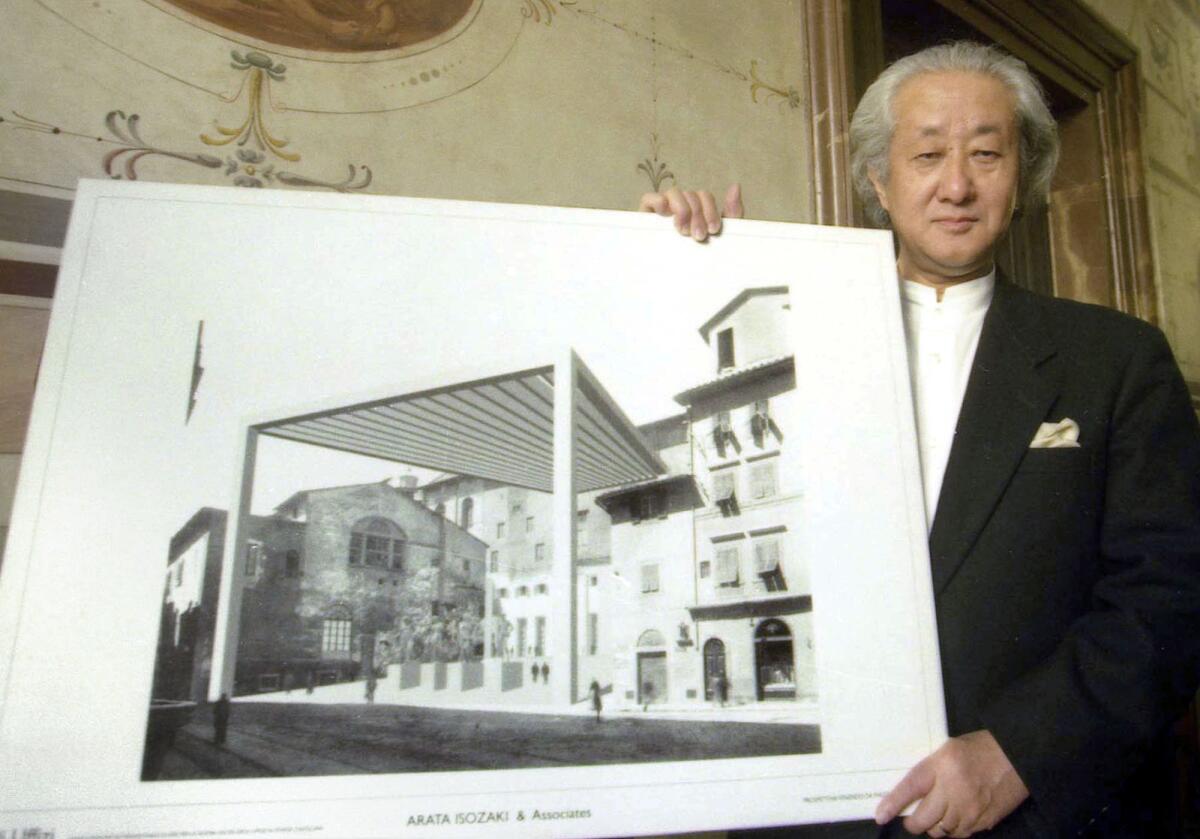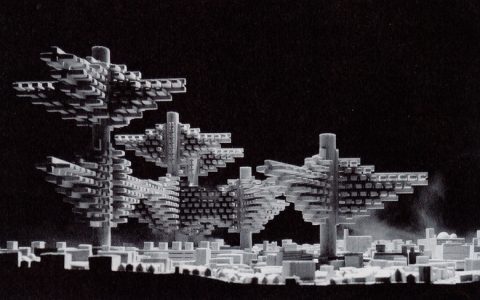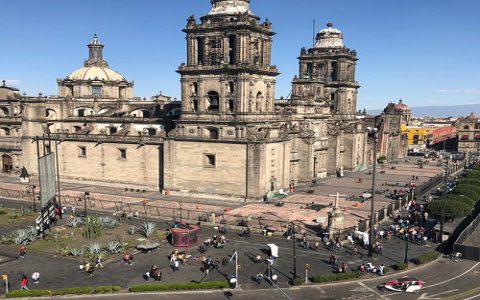Arata Isozaki, Pritzker Prize laureate (2019), defies easy categorization. His style evolved significantly, driven by a conceptual, context-driven approach rather than a fixed aesthetic signature. Understanding his work requires recognizing key phases and underlying principles:
Early Period: Metabolism & Brutalism (1960s)
Influenced by Japan's post-war reconstruction and the Metabolist movement, this phase features:
- Modularity & Flexibility: Designs envisioning organic growth and change, like the unbuilt City in the Air.
- Raw Power: Bold, sculptural forms using exposed concrete (Brutalism), exemplified by the Ōita Prefectural Library.
- Technological Expression: Experimentation with structural systems.
Postmodern Phase (Late 1970s - 1980s)
Reacting against rigid modernism, Isozaki adopted a playful, eclectic vocabulary:

- Historical Quotation & Symbolism: Reinterpreting classical elements, arches, and geometries often with irony (e.g., curved lines at Museum of Contemporary Art, Los Angeles - MOCA).
- Fragmentation & Juxtaposition: Complex compositions combining diverse shapes, textures, and colors, seen in the Team Disney Building, Florida.
- Craft & Materiality: Increased focus on rich materials, detailing, and surface treatment.
Mature Period: Contextual Regionalism (1990s Onwards)
Shifting from overt Postmodernism towards profound engagement with site and culture:
- Dialogue with Place: Designs deeply responsive to physical landscape, climate, light, and local cultural history (e.g., Ceramic Park Mino, Domus Museum integrating Roman walls).
- Abstract Simplicity & Clarity: Forms become cleaner, more abstract, often geometric volumes respecting context while retaining identity (Qatar National Convention Centre).
- Spatial Experience & Atmosphere: Emphasis on creating evocative spaces and sequences, manipulating light, scale, and procession (Palau Sant Jordi, Barcelona).
- Material Sensibility: Sophisticated use of materials (stone, metal, glass) chosen for their tactile qualities and relationship to the locale.
Core Underlying Principles
- "Conceptual Over Visual": Ideas (social, cultural, philosophical) drive form, not a predetermined style.
- Anti-Dogmatic: Actively resisted adherence to any single movement, valuing reinvention.
- Intellectual Rigor & Research: Deep dives into site history, culture, and program inform solutions.
- Sensory Engagement: Designing for the full human experience - sight, sound, touch, movement.
Simply put: Arata Isozaki's architecture is characterized by its constant evolution, starting with Metabolism/Brutalism, embracing Postmodern eclecticism, and maturing into a highly contextual, conceptual approach focused on creating meaningful sensory and spatial experiences deeply rooted in their place, without ever losing its intellectual foundation or capacity for surprise. His lack of a single, fixed style is his most defining trait.







